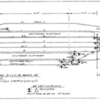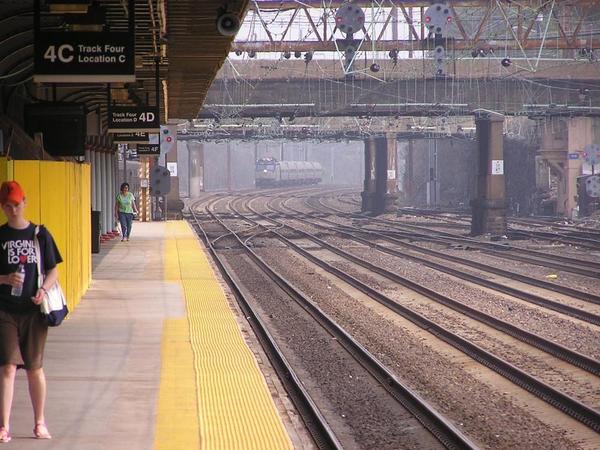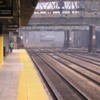Originally Posted by PRR Man:
Westbound NJ Transit trains stop on tracks 4. The SEPTA train uses track 7. There is another platform not shown.
Inbound SEPTA trains from the west crossover from track 2 to track 7.
On my last trip from 30th St. in Philly, I rode the first car and listened to the engineman and dispatcher discussing running against traffic into Trenton station. Crossing from track 2 to 3 takes place west of the coalport-hamilton overpass, from track 3 to 7 happens within the interlocking shown.
Your track numbering confuses me. It might just be me. Track 1 is inside of northbound platform. 2 &3 are the Amtrack thru tracks. 4 is southbound inside of southbound platform. 5&7are outside of southbound platform. Where is coalport hamilton overpass? Hamilton Ave never crosses the railline.
I have a pix from Irene with 2 SEPTA trains sitting in the water presumably with all the traction motors destroyed. They were on 5&7. Is there another platform there where 6 was? When I commuted 6 was still there. With PRR, there were no double slip switches in the 50's when I was a struggling college commuter.
NJT uses track 4, both for arrivals and departures?
Was there a crossover from 2 to 3 on Amtrack's track between the Delaware River bridge and the station?
Trying to understand all. Time changes things.
mikeg






![fair[1] fair[1]](https://ogrforum.ogaugerr.com/fileSendAction/fcType/0/fcOid/17620414547424546/filePointer/17620414551340793/fodoid/17620414551340789/imageType/SQUARE_THUMBNAIL/inlineImage/true/fair%5B1%5D.gif)


